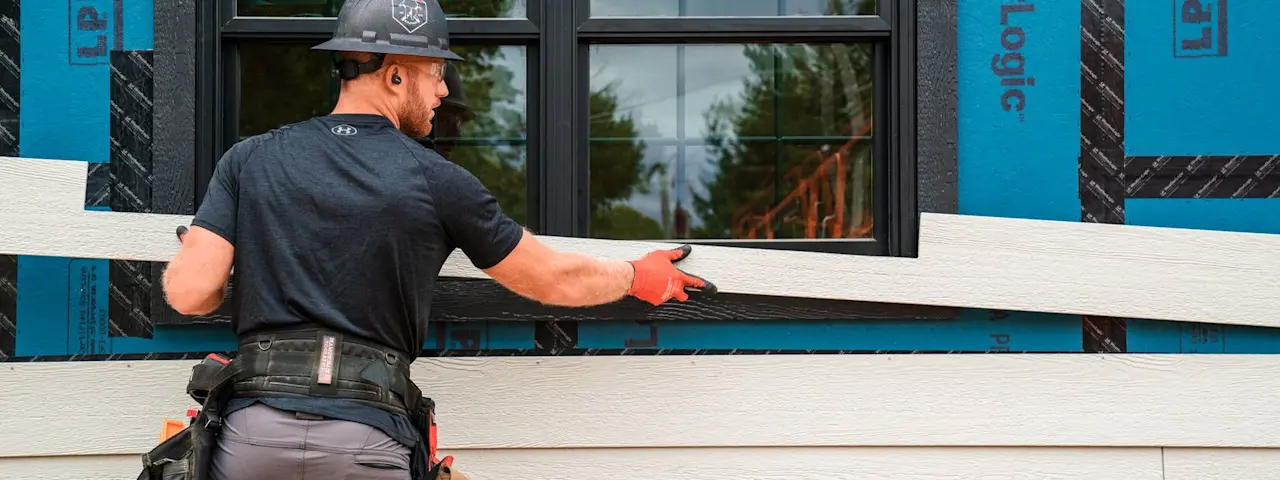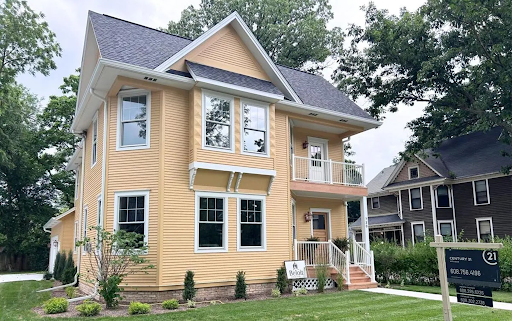When deciding to re-side your home, it can be difficult to get a handle on all the terms. It’s exciting once you start researching siding options for appearance and inspiration, but understanding the substrate specifics can be daunting. It’s important to learn the key differences before jumping into a decision.
A good place to start is understanding the difference between composite siding vs. engineered wood siding, as composite siding is one of the most popular options around. Traditionally, composite siding is made up of fibrous wood pieces as a base that is bonded with additional materials. However, there are also composite siding options that do not use wood as the base (for example using cement instead). There are many different composite siding options to choose from, with one of those being engineered wood siding.
Specifically, LP® SmartSide® Trim & Siding is an engineered wood siding that features proprietary technology for protection against hail, moisture, fungal decay and termites. LP SmartSide Trim & Siding is made of Aspen, a light wood that includes minimal extractives or tannins that could stain and bleed through, which helps improve appearance. During the manufacturing process, the product is cut and sliced into strands.
LP SmartSide siding is made up of wood strands about the size of a business card that are treated with the SmartGuard® process, which helps provide resistance to termites, fungal decay and impacts from hail.
If your contractor uses the term “composite siding,” be sure to ask for further clarification. Since you now know that composite siding is a broad category with many options under its vast umbrella, you are well on your way to being a pro when selecting one that you will be happy with for the years to come.





